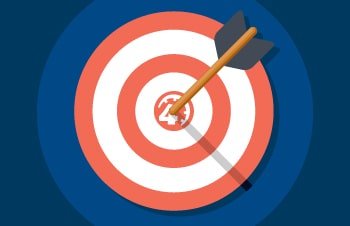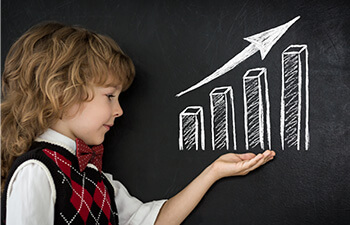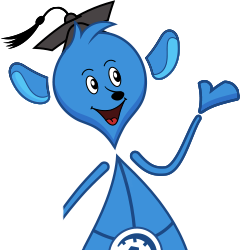The purpose of science education is for students to understand and interpret the natural systems of the world around them. Science is driven by curiosity and reasoning and is much more than the memorization of scientists, theories, and formulas. The education of science encourages problem solving and collaboration.
With that in mind you’ll want to craft science goals for students that encourage critical thinking and boost natural curiosity.
Remember that the goal of science education is to teach students to:
- Use and interpret science to explain the world around them
- Evaluate and understand scientific theories and evidence
- Investigate and generate scientific explanations
- Participate in scientific debates, ask questions, and adopt a critical stance
- Acquire Knowledge and evidence to promote creative solutions
I’ve broken up this article to examine the different branches of science that are part of many K-12 science curriculum to give you an idea of how you can write up and measure science goals for your students.
Sample Goals for Life Sciences
In life science (also known as biological science) children learn about the different types of living organisms, such as microorganisms, plants, animals and humans. The older the child, the more complex forms of life they will start to understand. Some of the goals can look something like this:
- By the end of the year, given a diagram of a plant (or animal), my child will be able to identify internal and external structures that are involved in growth (or survival, behavior, reproduction) with ___% accuracy.
- By end of quarter, my child will understand and be able to explain in his/her own words the structure and processes of molecules with ___% of accuracy.
- By the end of the semester, my child will be able to articulate the anatomy of plants with ___% of accuracy.
- By the end of the year, my child will be able to do a presentation on his/her own about our local ecological system.
- By the end of the quarter, my child will be able to accurately classify the different types of animals with ___% accuracy.
Each goal can be crafted to meet the specific life science branch your child has been studying in their specific grade level.
Sample Goals for Earth and Space Sciences
In earth and space science, children will explore the interconnections between Earth and everything in it and the wider universe. The goal of earth and space sciences is to develop an understanding of the structure and composition of the solar system, planet Earth and everything around it. Through observation, investigation and practical application your child can gain a wealth of knowledge. To achieve this, your Earth and Space Science goals for students can look something like this:
- By the end of the year, given objects representing the sun, moon, and Earth (or stars or planets), my child will be able to demonstrate the orbits of each of the individual objects.
- By the end of the year, my child will be able to investigate and develop a model of Earth’s cycles.
- By the end of the year, and given the appropriate materials, my child will be able to model the solar system and its satellites and give a basic explanation of the composition of each planet.
- By the end of the semester, my child will be able to draw on a chart and explain the formation of canyons on Earth.
Think about how field trips may be able to help with goals in this domain!
Sample Goals for the Physical Sciences
In contrast to life science, in physical science, children will learn about the non-living systems. These systems include sound, speed, gravity, motion, and mass among others. It’s such an important branch because children will understand how these things impact or influence our daily lives. Here’s what some of the goals can look like for your student:
- By the end of the year, given the Periodic Table of Elements, my child will be able to draw a diagram of the substructures of an atom for (a particular element(s)), showing the correct charges for all substructures.
- By the end of the quarter, given the appropriate materials, my child will be able to perform the magnificent egg drop experiment and explain the different air pressures at work.
- By the end of the year, my child will be able to organize, analyze, and interpret information using the scientific method to make inferences.
Remember to seek out resources for those areas where you have less expertise. Most importantly, strive to maximize your child’s appreciation for science. As Albert Einstein once said, the goal of education is “to produce independently thinking and acting individuals”.
Set your homeschool up for success with these goal-setting tips!










I enjoyed reading this is really helpful thank you
Thank you for stopping by!
Exercise for 30 minutes
Thanks for sharing your tip, Ashlyn!